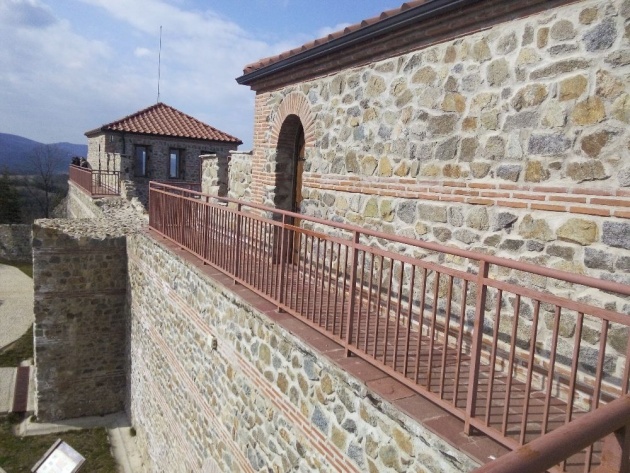 The Fortress of Cari Mali Grad
The Fortress of Cari Mali Grad
Hello, guys!
I'm back on the traveling topic, with another tourist attraction from Bulgaria - Cari Mali Grad. This place became popular in the past couple of years, as it was recently renovated and now is accepting tourists. So, I and many of my friends visited and enjoyed it a lot. However, it's not completely finished yet. Currently, there are still some construction works going on, but for the most part, the location has the look and the feel of what it probably was centuries ago.
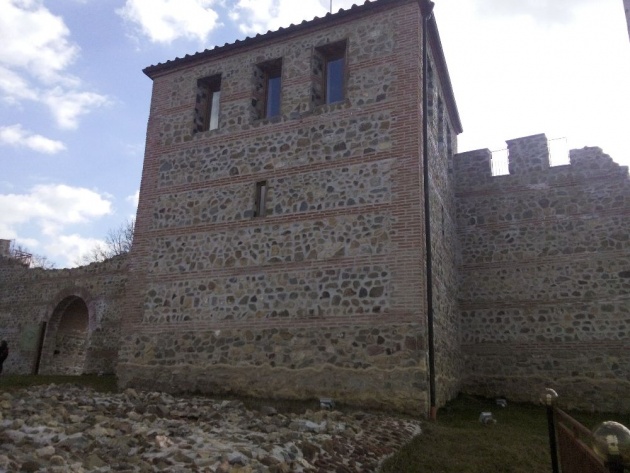 One of the towers of Cari Mali Grad
One of the towers of Cari Mali Grad
Note: I will use the name "Cari" as it is stated on the official website of the fortress, but it could also be written out as "Tsari", which clarifies the proper pronunciation of the word - /tsa'ri/. In the Bulgarian language, we have only one letter for "Ts", and it is "Ц". And the last word in the title is "grad", which translates as "city, town".
The “Tsari Mali Grad” Fortress on the Saint Spas hill just above the village is the oldest restored fortress in the country.
Cari Mali Grad is an ancient Roman city and fortress, which previously was kind of forgotten, but after they started digging and recovering the fortress, more and more information was revealed and archaeologists were really interested in the ancient town. The name of the city remained the same through the years, and it is now believed that its meaning is The Little Tsargrad (or Constantinople). The area of the location is estimated to be 10 decares (equivalent to 10000 m²), and that's the main reason it is also a town and not just a fortress.
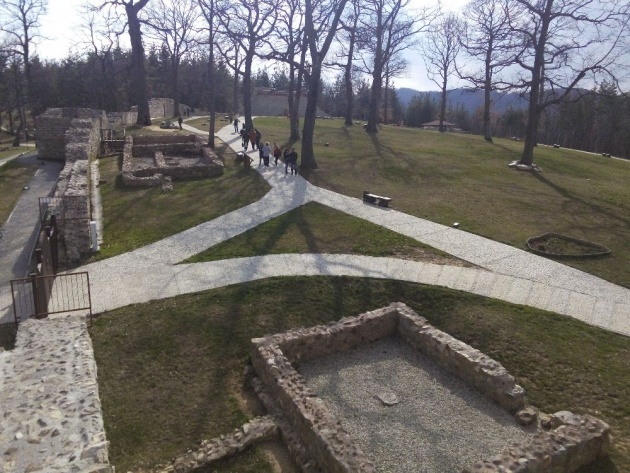 View of the ancient town and the fortress of Cari Mali Grad
View of the ancient town and the fortress of Cari Mali Grad
Belchin Village
Cari Mali Grad is situated immediately next to and above Belchin village, and even though this small village was not known by most people before, now it has become popular due to the tourist opportunities Cari Mali Grad offers. Belchin is just a village, but it has its unique style. In spring many storks come to their nests to spend the warm seasons of the year. It is situated in a valley, close to the fresh air of the mountains. Practically, it has everything needed for a peaceful vacation. Belchin also has an Ethnographic museum, and some other thematic attractions and souvenirs are available for the tourists.
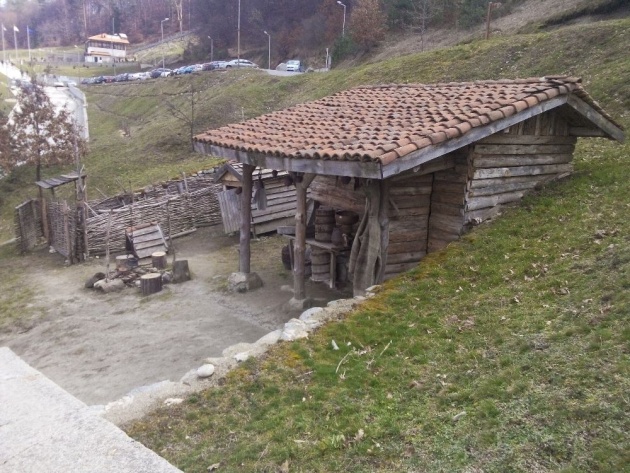
Ethnographic museum in Belchin village
The Ancient Town
Cari Mali Grad and the area around it, as it is today, consist of two main parts - the ancient town and a modern part with a playground and a park, including plenty of wooden sculptures, playing facilities for the children, and bowers/benches for a picnic. The fortress and the city were built somewhere around 300 - 400 year, but until last year, not many people knew of its existence, as reconstruction work hadn't been started. After the official opening in the middle of Summer 2013, thousands of Bulgarians and foreign tourists went there to discover it again after so many years.
video source: www.youtube.com
The town is located on the hill above Belchin village. To reach Cari Mali Grad, there are a few options - one steep path through the forest with wooden steps for easier climbing, and an elevator which offers a view of the village when going up the mountain. The steep ecopath is a good option on the way back, but to climb is a bit hard for most tourists, as it is a few kilometers long and winding straight up.
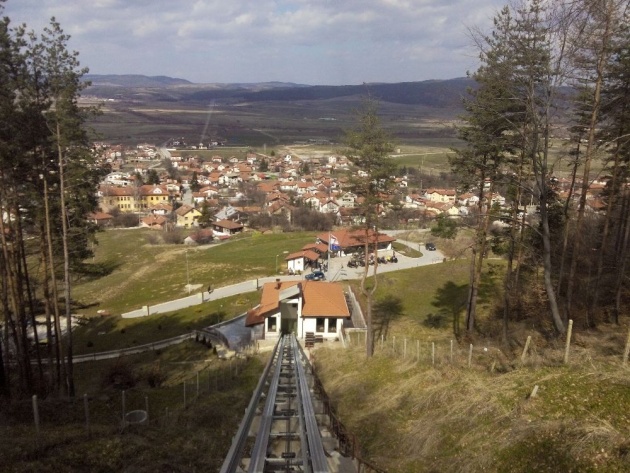
Mountain elevator going to the fortress
The ancient city is a complex of Roman public buildings surrounded by a fortress. The biggest buildings/towers are situated on both sides of the complex. In the past, they served as residential facilities, but now accommodate museums displaying the heritage of the place. The museums consist of objects used by the ancient inhabitants of the city, such as clothes, weapons, jewelry, etc.
A really impressive mosaic decorates one of the walls of the fortress. I found it amazing, as on the sunlight the colors are mixing one into another and the picture is recognizable only when watched from a certain angle. Going closer to the mosaic, it looks completely different. It is a portrait of the Roman empress Galla Placidia, and this work of art fascinates with the shadows, achieved only by combining the colors of the mosaic. And it looks in a different way during the day, as the light is reflecting on the colors. Even though the work of art by itself is not part of the history of Cari Mali Grad, but rather was created just recently, the historical figure of Galla Placidia is claimed to be connected with the location.
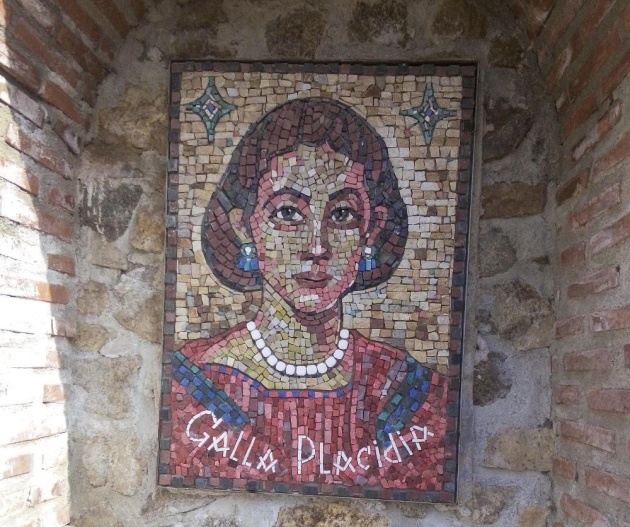
Mosaic of Galla Placidia, the Roman empress in Cari Mali Grad
To make the complete scene of the complex, outside of the gates is the Sacred Site of St. Spas, which has a significant meaning in the Bulgarian history. The sacred site consists of a 600-year-old oak with a huge whole inside. Next to such places they usually placed a stone or a wooden cross. During a storm a few years back the centuries-old tree fell and now its remains stand outside of the main gate together with the stone cross. And also the remains of a Baptistery, used for baptism, are available outside of the fortress. Both contribute to the place with their historical value.
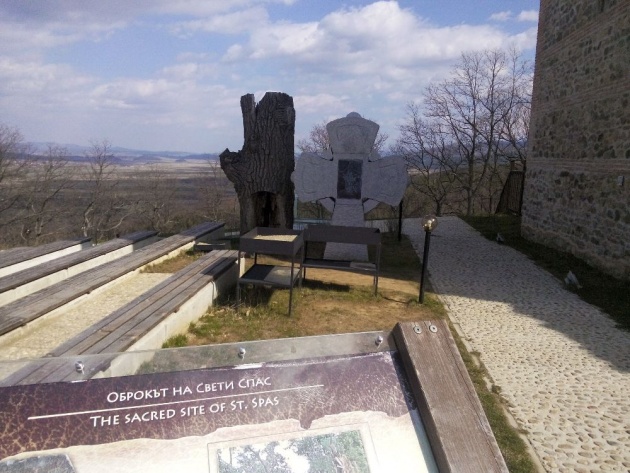
The Sacred Site of St. Spas in Cari Mali Grad
The Museums
As I mentioned, two of the buildings host museums. Since this is one of the most important parts of visiting the complex, I'll talk about them separately. All artifacts displayed are from the Late Antique period, and going through the three floors of the buildings the unique atmosphere shows the everyday life of the residents of the city. The collection is actually reconstructed, and some of the objects recovered. It displays weapons, used by the army of Cari Mali Grad, tools, used for manufacturing goods, jewelry of that period, coins and other numismatic items, pottery and ceramics. It's a great place to dive into history and go back centuries ago through your imagination.
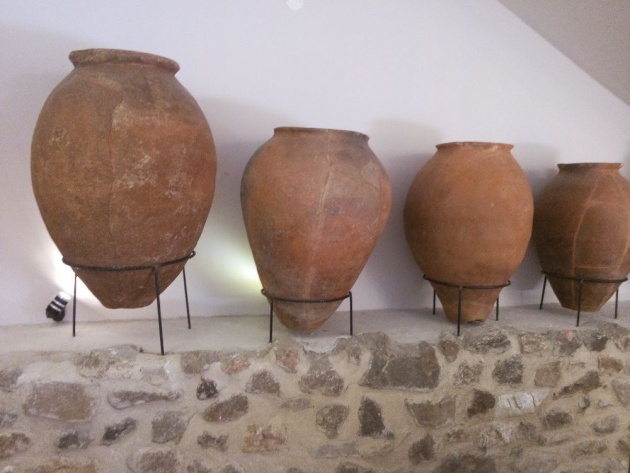 Pottery displayed at one of the museums in the ancient town
Pottery displayed at one of the museums in the ancient town
Another site worth mentioning is the model of the ancient town, situated at the center of Cari Mali Grad, and recreating the visual idea of the fortress and the life in that period, but on a smaller scale. Not all buildings and facilities were revealed until now, but after finishing the archaeological works there, I believe, most of it will be available and visible. Like most historical locations, Cari Mali Grad is no exception and has detailed signs, providing more information about each item or artifact, found inside the town.
The History
The town was intentionally built on the hill St. Spas, as it provided a good option for observation and protection, and considering the fortress, it was easier for defending the city from invaders. Through research and discovery, the scientists (archaeologists) inform us about several stages in the development of the place. Cari Mali Grad was inhabited by the Thracians, who probably used it as a town somewhere between VIII-VI century B.C. As proofs of this are the ceramics and several pits throughout the area, probably used and created by them. After that, the Romans were using this location. The first stage of the building of the fortress started in the III century and until the VI century, the entire complex was completely finished and partially reconstructed.
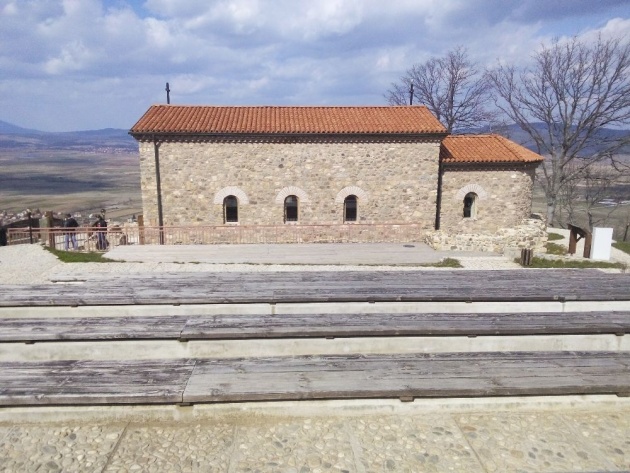
Buildings inside the complex of Cari Mali Grad
The Park
One of the best attractions in the park, located higher on the hill above the fortress, is the wooden hanging bridge. It hangs only a few meters above the ground, but what's impressive is the length of it - going more than 100 meters along the pine woods. And there is a warning sign at the beginning of the bridge, notifying visitors of the number of people allowed to walk on the bridge at the same time. The construction seems pretty stable for me, but it's always good to take precautions. To reach the park from the fortress, there are two options. The first one is an alley, which goes next to the walls, and the other one is a tiny path going around the fortress. The park is a place to relax after learning and reading the descriptions of the historical sites inside the ancient town.
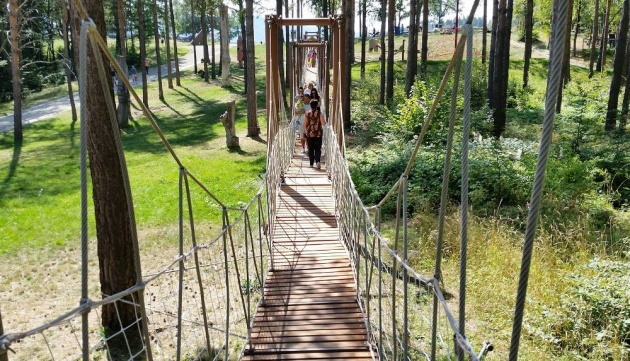 image source: www.facebook.com
image source: www.facebook.com
What I like about Cari Mali Grad is that there is plenty of stuff to see and to learn. Since it's a whole ancient city, it takes an entire day to go around and have a look at the items displayed in the museums, including reading the descriptions. Being completely honest, history and archaeology are not my strengths, but I'm interested in everything about science, and even as an amateur in those sciences, I like the location. Not that I don't like history, but many of the facts and the events happened back then suffered transformation through time, and even though some general findings can be explicitly proven by scientific research, some still remain a mystery.
video source: www.youtube.com
That being said, I believe Cari Mali Grad is not only for people interested in history but for everyone who wants to jump through time and get the feeling of how people lived before.
Thanks for reading!
- NinaB



